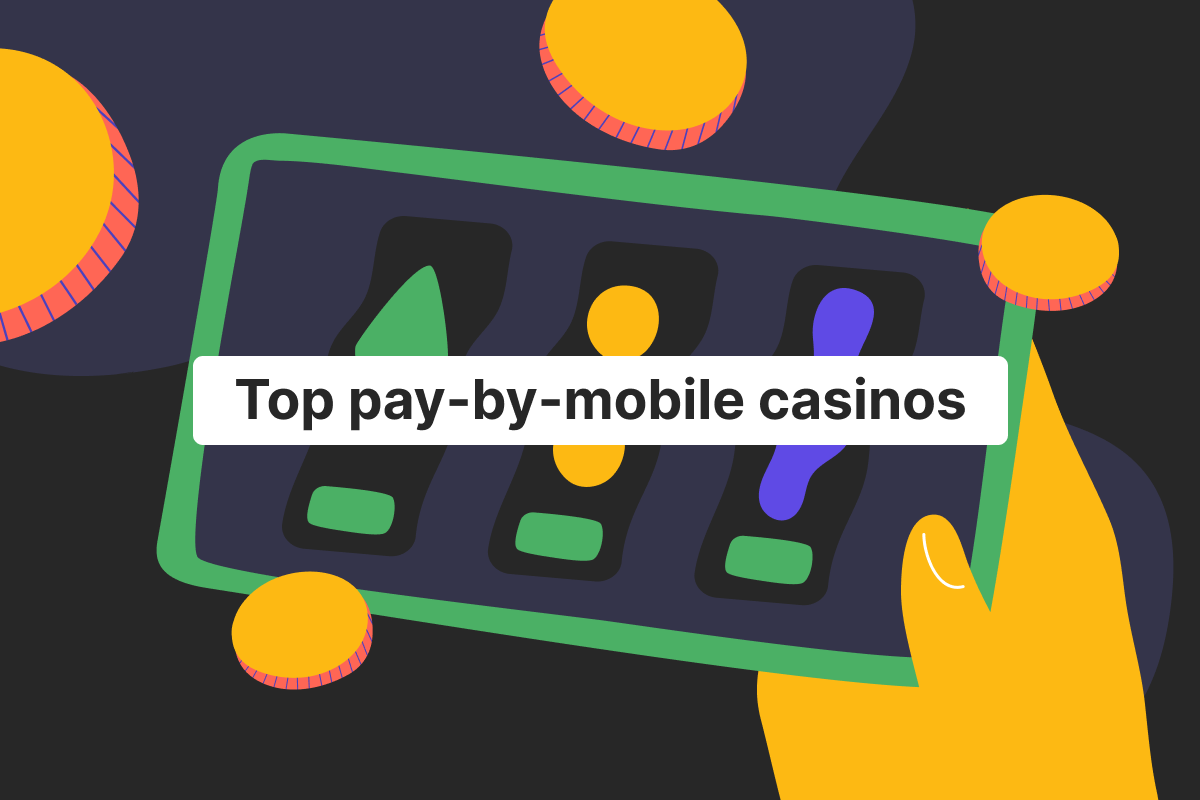Genome Blog / articles / E-commerce card payments for your small business
Jan. 17, 2022
The must-have mechanism that lays the foundations for sales is money exchange. In other words, this process is also known as a payment. The cashless society is not a distant variation of the future. Indeed, it’s the reality of millions of people worldwide. No wonder that payment methods have also evolved compared to what they looked like only 50 years ago.
But what does this change mean for businesses? Many companies now either create websites for their physical stores or operate online only. E-commerce has made shopping fast and effortless for both clients and sellers. Of course, it’s only possible if your online business has all the necessary tools for accepting card payments, which outweigh all the other payment systems. In Genome, we know all about merchants’ needs and challenges, especially those connected with running an online business. We offer such financial services as business and merchant accounts to simplify the purchasing process on both sides. Read on to find out what’s exactly needed to accept e-commerce transactions.
Payment processor
It’s a financial service that ensures quick communication between all the parties involved in the purchasing process. These are: issuing bank, acquiring bank, and card association (Visa, Mastercard, American Express). To put it simply, a payment processor transfers messages between all these parties and, in the end, communicates whether a purchase can be made or not. All this happens within seconds as a client uses their bank card online or makes an in-store card payment.
Payment gateway
It works as a POS (Point Of Sale) terminal when a client makes an online card payment. You’ve probably seen a little window on the website to fill in card details – this is a PG. It encrypts all the data and securely passes it to the payment processor. If you’re using an E-commerce platform for your online business, a PG can be already an in-built tool there. Nevertheless, if you’ve created your own website, you will need to look for a PG financial service that will have an API to be added to your website.
Business account
This is the account where all the business expenses and earnings are managed. It works similarly to a personal bank account. Having both of them helps to separate spendings and have a clear image of your online business finances. Click here to learn more about business accounts.
Merchant account
It’s the first place where all the money from sales ends up. However, you cannot send, spend or use these funds from this digital account. From this place, all the money can be moved to a business account. And from there, you can make transfers, use bank cards, etc.
Both business and merchant accounts are required for any physical stores and online businesses to accept card payments. Fortunately, you can open both accounts online, no matter whether you’re located in the US, Europe, Asia, or any other part of the world. With Genome, merchant, and business digital accounts will be ready within a few days after you apply here. Our multicurrency wallets can be easily managed from a mobile application wherever you are. In addition, with Genome’s merchant account, you receive access to a special dashboard with statistical data on all the transactions.
Card reader and POS system
Last but not least, if you’re selling goods both online and in a physical store, you will need some hardware to process card payments. These are card readers and POS systems. While the first one only scans the bank cards, with the second device you can issue invoices, track sales, and even manage customer orders.
FAQ:
What is the best payment method for a small online business?
There are a few types of payment methods: all kinds of bank cards (debit, credit, prepaid), cheques, e-money transfers, wire transfers (SEPA, SWIFT, etc.), eWallets, online and electronic payments, cash. No all-in-one solution will work wonders for every small online business. For example, some clients will transfer funds via Google or Apple Pay while others will use cards. However, due to the global shift to e-commerce, the majority of small online companies need to accept card payments. Thus, their processing is a must for any e-commerce business, either local or international one.
What payment system is best for a small business?
A payment system is a synonym for the payment method. Among them are card payments, transfers, eWallets, cash, etc. When it comes to choosing the finest option for your company, look at the potential clients. Find out how they will be paying and what tools they will be using for it. It is highly likely that the clients will be making card payments, whether it’s online or in-store transactions. Make sure that you offer a few options, so that different people can choose their preferred payment system.
Which card can be used for payment in e-commerce?
It entirely depends on the payment methods supported by a merchant. Theoretically, any bank card should be accepted, whether it’s a debit, credit, or prepaid one. In practice, some merchants accept only credit cards, for instance. The more types of cards you allow – the more potential customers your company can have. There’s no need to exclude any type of bank card from the list of available payment systems because, in such a way, you may lose clients who use only this particular payment method.
How do I set up an online business payment?
As a merchant, you will need some tools to set up and accept business payments. First of all, decide on what type of transactions you will be processing (it varies from company to company and depends on your clients’ preferences). The next thing is to create business and merchant accounts. For your convenience, you can do this with one provider. Then, choose a payment processing service to accept card payments. If needed, you can also go for a payment gateway. If you also have a physical store, purchase the software – a card reader and a POS system.





